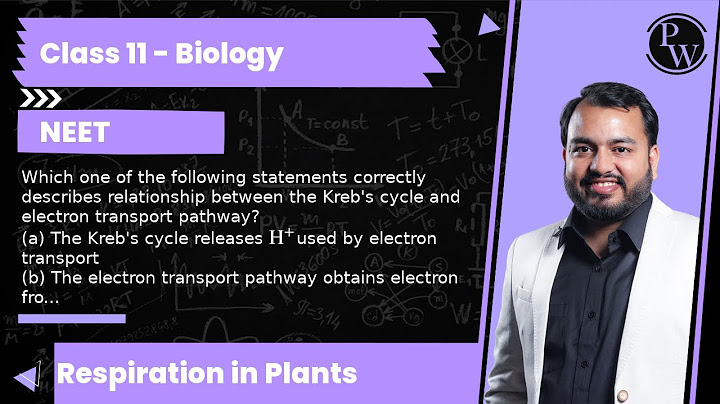Show
A careful analysis of political cartoons can provide a glimpse into key moments of U.S. political history. In this activity, students will closely examine political cartoons about the Stamp Act; make inferences about the political, social, and economic situations depicted therein; and offer informed speculations concerning each creator’s point of view. ObjectivesStudents will be able to:
Time RequiredTwo 50-minute class periods Lesson PreparationMaterialsThe following materials are used during extension activities:
ResourcesBefore leading students through the exploration process, teachers should make themselves familiar with the following Library of Congress resources: Additional ResourcesLesson ProcedureActivity One (One Class Period)
Activity Two (One Class Period)
Extension
Lesson Evaluation
CreditsTerri Bramhall Copyright 2022 Learn By Doing, Inc. *AP® and Advanced Placement® are registered trademarks of the College Board, which was not involved in the production of, and does not endorse, this product. SAT® is a registered trademark of the College Board, which was not involved in the production of, and does not endorse this product. ACT® is a registered trademark of ACT, Inc., which was not involved in the production of, and does not endorse, this product. GMAT® is a registered trademark of the Graduate Management Admission Council®, which was not involved in the production of, and does not endorse, this product. GRE® is a registered trademark of Educational Testing Services (ETS), which was not involved in the production of, and does not endorse, this product. Which one of the following statements best describes how learners are acquire procedural knowledge?Which one of the following statements is most accurate regarding how learners often acquire procedural knowledge? Learners first learn it as declarative knowledge; with time and practice, it gradually becomes procedural knowledge.
Which one of the following best describes our current knowledge about the brain and learning?Which one of the following best describes our current knowledge about the brain and learning? We know that learning is often associated with the formation of new synapses. In the human brain, a great deal of synaptic pruning occurs in early childhood.
Which one of the following statements best describes the view of early behaviorists about how learning can best be studied?Which one of the following statements best describes the view of early behaviorists about how learning can best be studied? The study of learning will be more objective and scientific if only observable events are considered. You just studied 28 terms!
Which one of the following statements accurately describes the relationship between comprehension monitoring and academic achievement?Which one of the following statements accurately describes the relationship between comprehension monitoring and academic achievement? High achievers are more likely to monitor their comprehension of class material than low achievers.
|

zusammenhängende Posts
Werbung
NEUESTEN NACHRICHTEN
Was passiert wenn ein Elektron aus der Hülle entfernt wird?
1 Jahrs vor . durch DefiniteConflagrationWerbung
Populer
Werbung

Urheberrechte © © 2024 paraquee Inc.


















